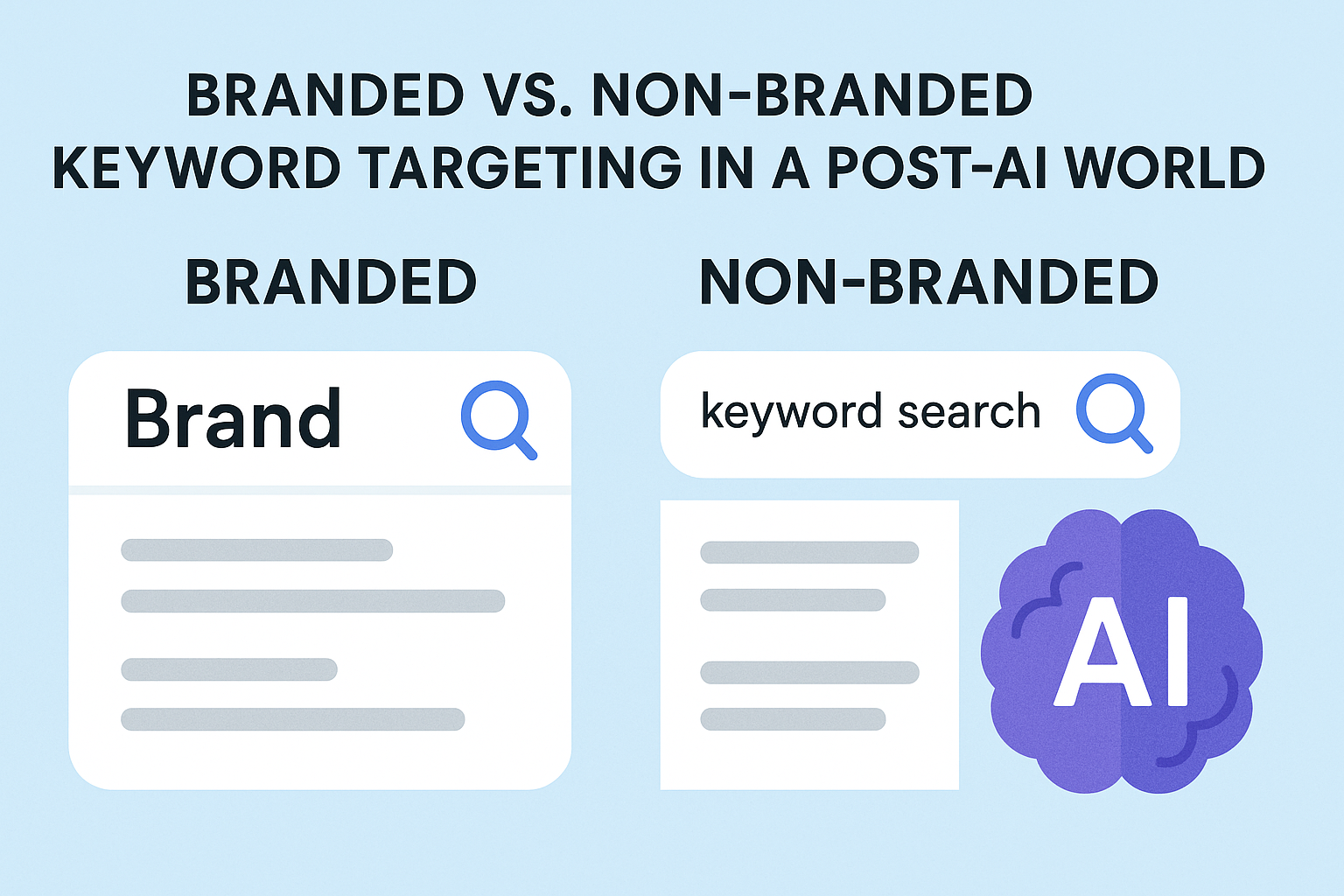When trying to optimize your website for search engines, it can be tempting to take shortcuts. You may want to try tactics that will speed up the process and help you start ranking higher faster. But shortcuts and black hat tactics like keyword stuffing won’t help you; they may actually hurt you.
What Is Keyword Stuffing?
Keyword stuffing is when a brand fills or “stuff” a webpage with the same target term in hopes of ranking higher for that term in search engines. While not as popular as it was a few years ago, it’s still used by some brands to try to boost their search visibility. However, it’s crucial to understand the difference between keywords and topics in SEO. Keywords are specific words or phrases that users enter into search engines, while topics encompass broader concepts or themes that encompass various related keywords. By focusing on creating high-quality content that covers relevant topics and strategically incorporating keywords, you can enhance your website’s visibility in search rankings while avoiding the pitfalls of keyword stuffing.
Types of visible keyword stuffing include:
- Unnecessarily repeating words or phrases
- Adding words that are out of context
- Inserting blocks of the same keyword
- Using keywords that are not relevant to the topic of the page
A keyword stuffing example would be a page that is trying to rank for the term “best laptop bag” and using the following copy:
“If you’re looking for the best laptop bag, look no further. Our brand offers the best laptop bag that you could want for business or pleasure. With padding in our liners and a special pocket for your charger, this is the best laptop bag for travel or school.”
In this example, the copy goes overboard with the use of the keyword. The term is used more than the suggested amount of times to match SEO best practices for keyword density.
What is Keyword Density?
Keyword density in SEO is the percentage of times a keyword is used in the copy.
Keyword Density = (Number of words in copy) / (Number of times keyword appears in copy)
In the example above, the keyword density is 11.75% (there are 47 words, and the keyword appears four times). This percentage is higher than the keyword stuffing percentage threshold. While there is no exact number for proper keyword density, it is a best practice to stick to a 2% keyword density.
There is also a type of keyword stuffing that isn’t visible to audiences. This tactic stuffs terms and phrases in places that are hidden from readers. It includes:
- Using text that is the same color as the background (to hide words from readers but display them to search engine crawlers)
- Repeating text in the page’s code, meta tags, alt attributes, and comment tags
While both of these types of keyword stuffing may lead brands to think they can trick search engines into giving them higher search engine rankings, both tactics can actually lead to lower rankings for a website.
Why Is Keyword Stuffing Bad for Your Website?
After reading the keyword stuffing example above, you can see one of the most obvious reasons why this is a bad tactic. It creates an awful experience for users.
Website content should aim to educate, serve, and engage your readers. When you stuff your pages with keywords, you are unable to fulfill this purpose. You stop writing for readers and start writing for search engines. This creates a poor experience for your audience and will likely send users away from your page, increasing your bounce rates, and driving potential customers from your business.
While you may think filling your page with keywords will drive more people to your site, it could actually do the opposite.
Keyword stuffing is widely condemned by search engines, and the activity could lead to a search penalty. In other words, if you fill your page with needless keywords, it won’t improve your chances of ranking higher. It will decrease them. You could be hit with a Google penalty that removes your page from search engine results pages (SERPs) altogether.
So while it might be tempting to game the system, avoid stuffing pages with keywords. Instead, use the following best practices to optimize your pages for keywords the right way.
How to Use Keywords the Right Way
To help a webpage rank for a specific keyword, focus on “optimizing” for the keyword instead of “stuffing” in the keyword. Use the target term in all the right places. And, as Google’s quality guidelines explain, “Focus on creating useful, information-rich content that uses keywords appropriately and in context.”
1. Assign a primary keyword to each page
To start SEO for a webpage, first, choose one target keyword. The primary phrase should be relevant to the topic and closely tied to the content. The term should also be a popular, low-competition keyword to improve your chances of ranking on search pages for the term
Once you use a target keyword on one webpage, don’t assign it as a primary term for other pages on your site. Each page on your site that you want to rank in search should be assigned its own unique, target keyword. This keeps your pages of content from competing against one another and sends a clear message to search engines about what each piece of content is about.
2. Write more than 300 words
To encourage search engines to rank a page for a target keyword, write 300 or more words of main body copy on the page. Search engines aim to provide users with the most relevant and helpful information available, and for many search terms, they are more likely to rank your content if it is thorough and in-depth.
3. Use the appropriate primary keyword density in the copy
As you write, use your target keyword throughout the content. Don’t overuse it, and only place the term where it feels natural and relevant. Keep your keyword density below 2% to stay within the guidelines for best SEO practices.
4. Add secondary keywords, synonyms, and long-tail keyword variations in the copy
Another way to tell search engines that your page is relevant to its primary keyword is by using secondary keywords on the page. Search engine crawlers use other terms and phrases on a page to get context to help them rank a page. So in your copy, use secondary keywords that are synonyms and long-tail versions of your primary target term to reinforce what your content is about and help crawlers rank your page.
Using long-tail variations of your keyword can also help search engines identify places in your content to answer questions, giving you the opportunity to have your content featured in Google’s “people also ask” section.
5. Place keywords in the right page elements
When you optimize a page for a keyword, it’s not just about where you place the target term in the main body content. It’s also about how you use the keyword in other elements on the page. To fully optimize a page, use the keyword once in the following places:
- Page title
- At least one subheading
- Title tag
- Meta description
- At least one image alt tag
- First paragraph
- Near the conclusion of the post
Unlike keyword stuffing, these keyword optimization tactics send positive signals to search engines to get them to notice and rank your page for the intended term.
6. Check your on-page SEO
Even if you go through a checklist to create a keyword-optimized post, it’s still easy to miss or overlook opportunities to make your page more appealing to search engines. So once you publish a page, always run a report to check on-page SEO and ensure that you don’t miss any optimization opportunities.
Improve Your Keyword Strategy — Improve Your Rankings
As you can see, it’s not enough to pick an arbitrary keyword and repeat it over and over in your copy with the hope that you will start ranking on SERPs. You need research and strategy to optimize your content and give your pages what they need to rank above your competitors. Use the content writing tips in this post to avoid keyword stuffing and improve your SEO strategy in the right ways.

The Search Engine Cage team is on a mission to educate entrepreneurs. We make things easier for the small business owner, by writing articles that help them to understand SEO and Digital Marketing.







